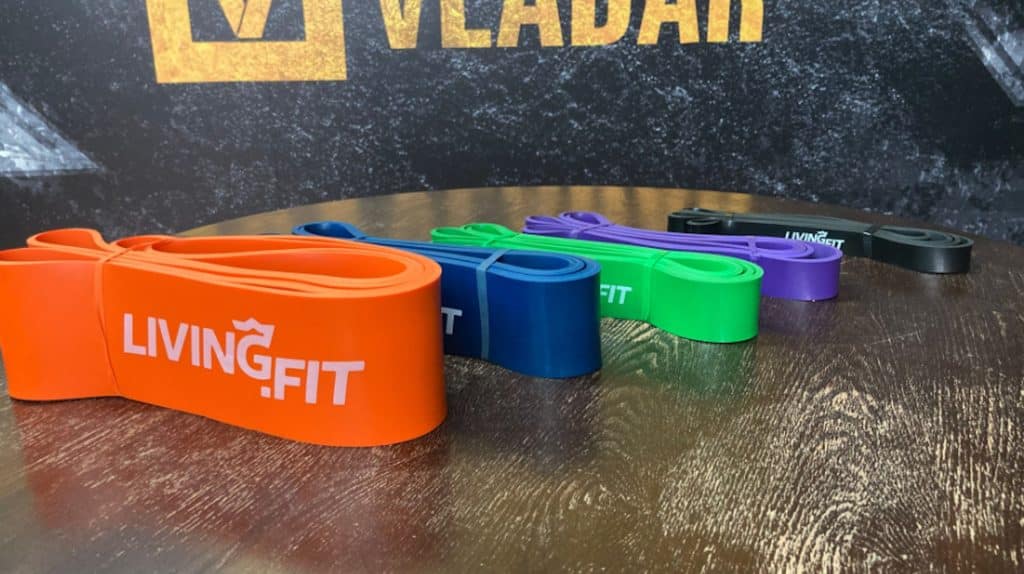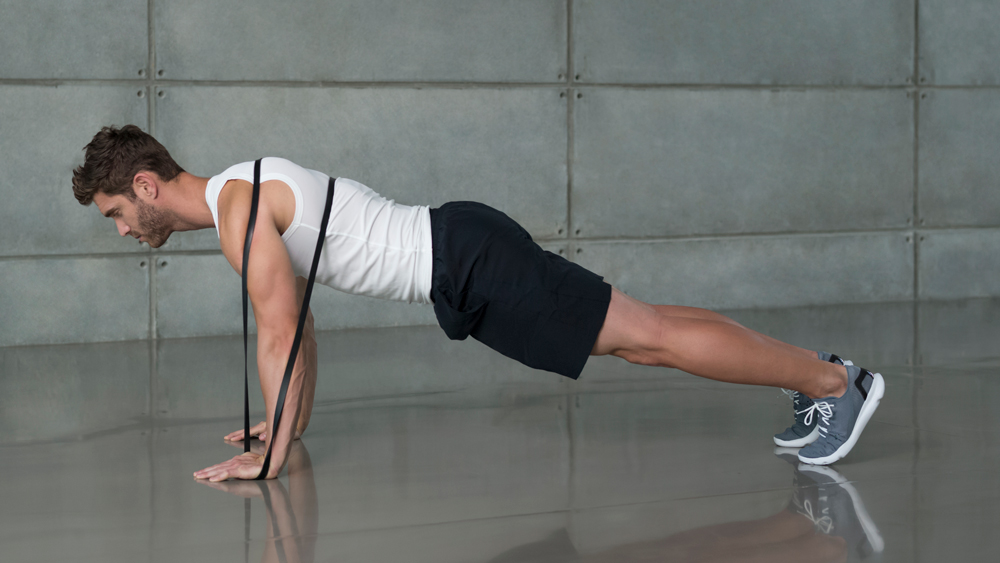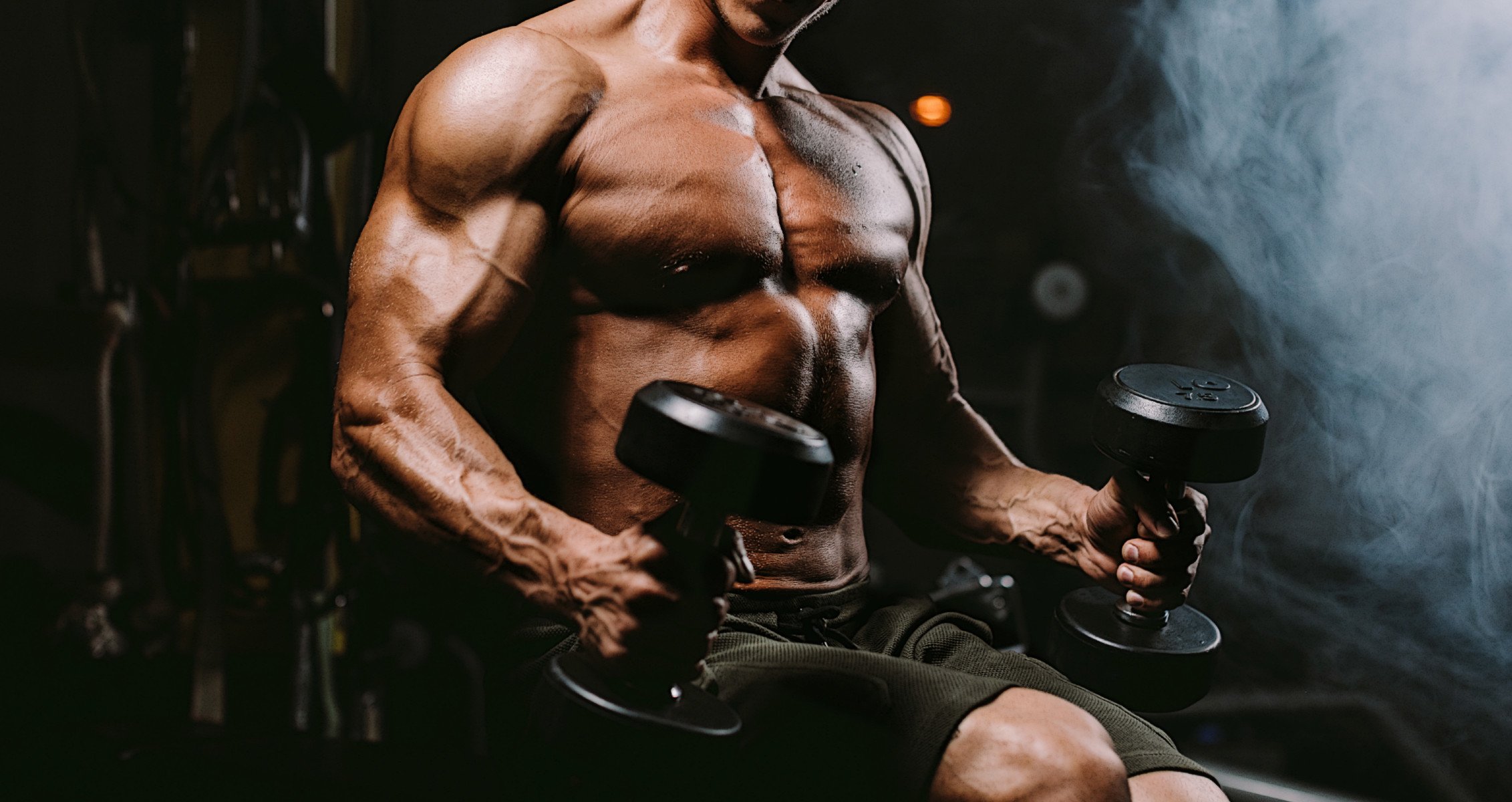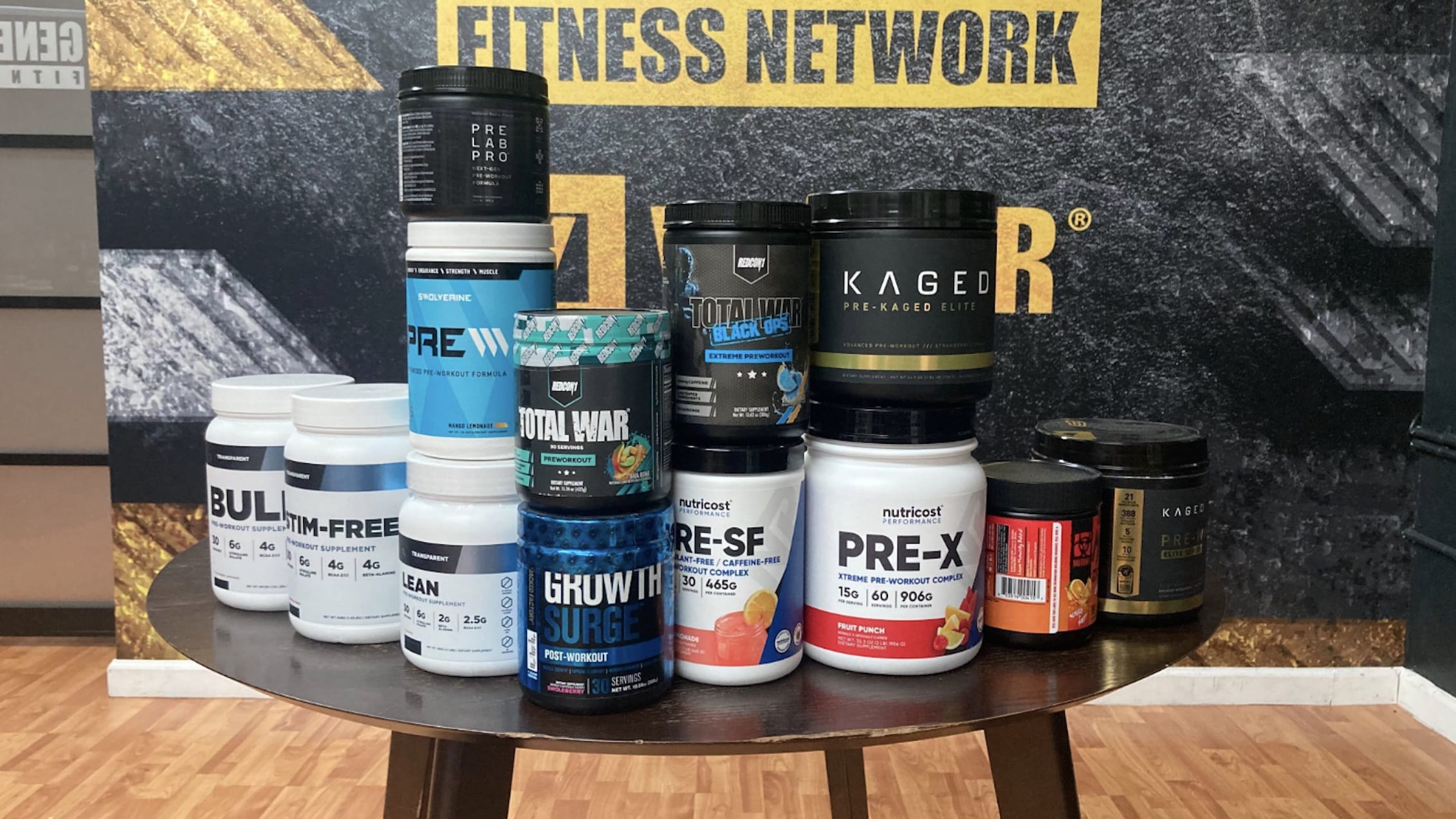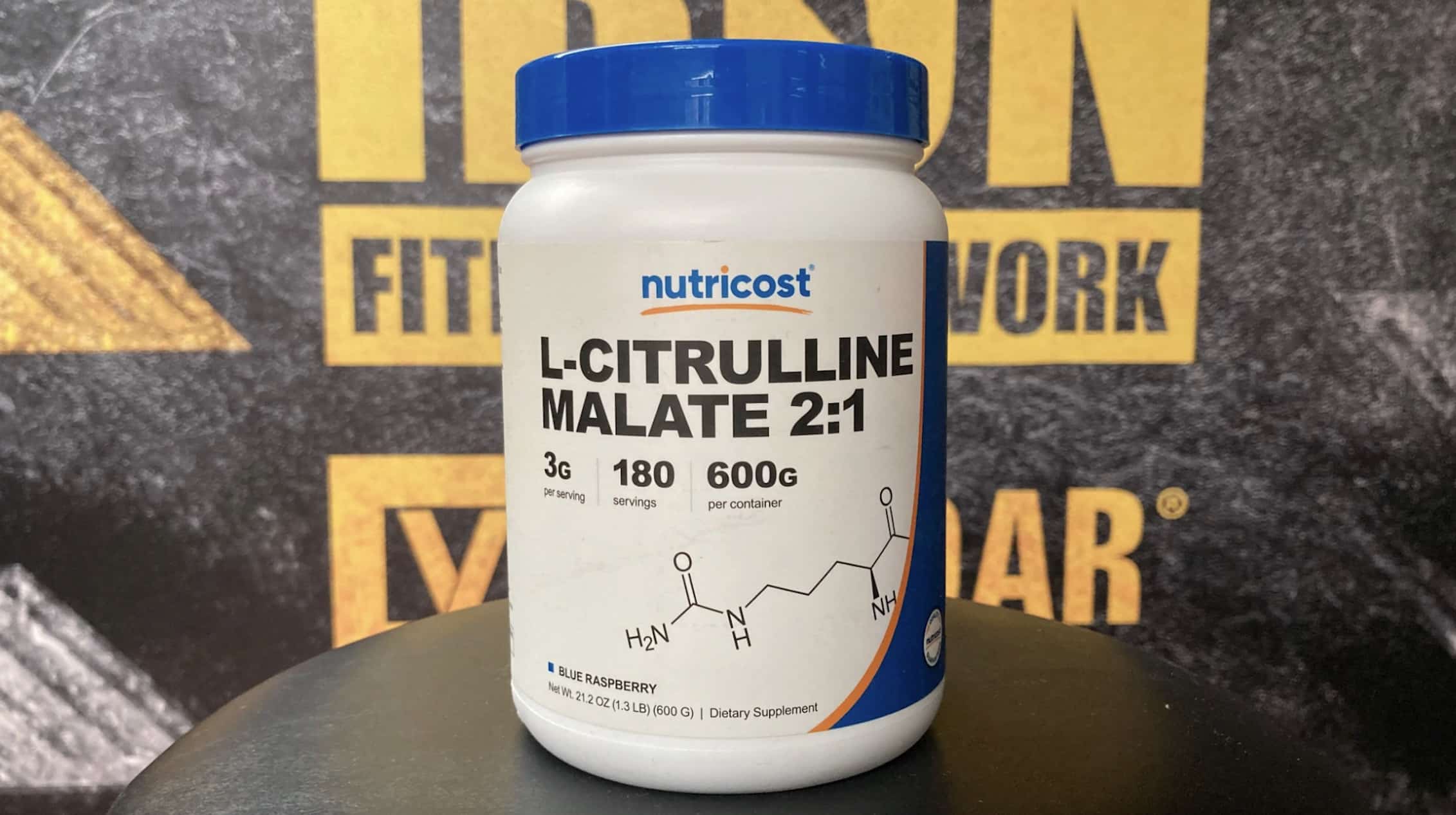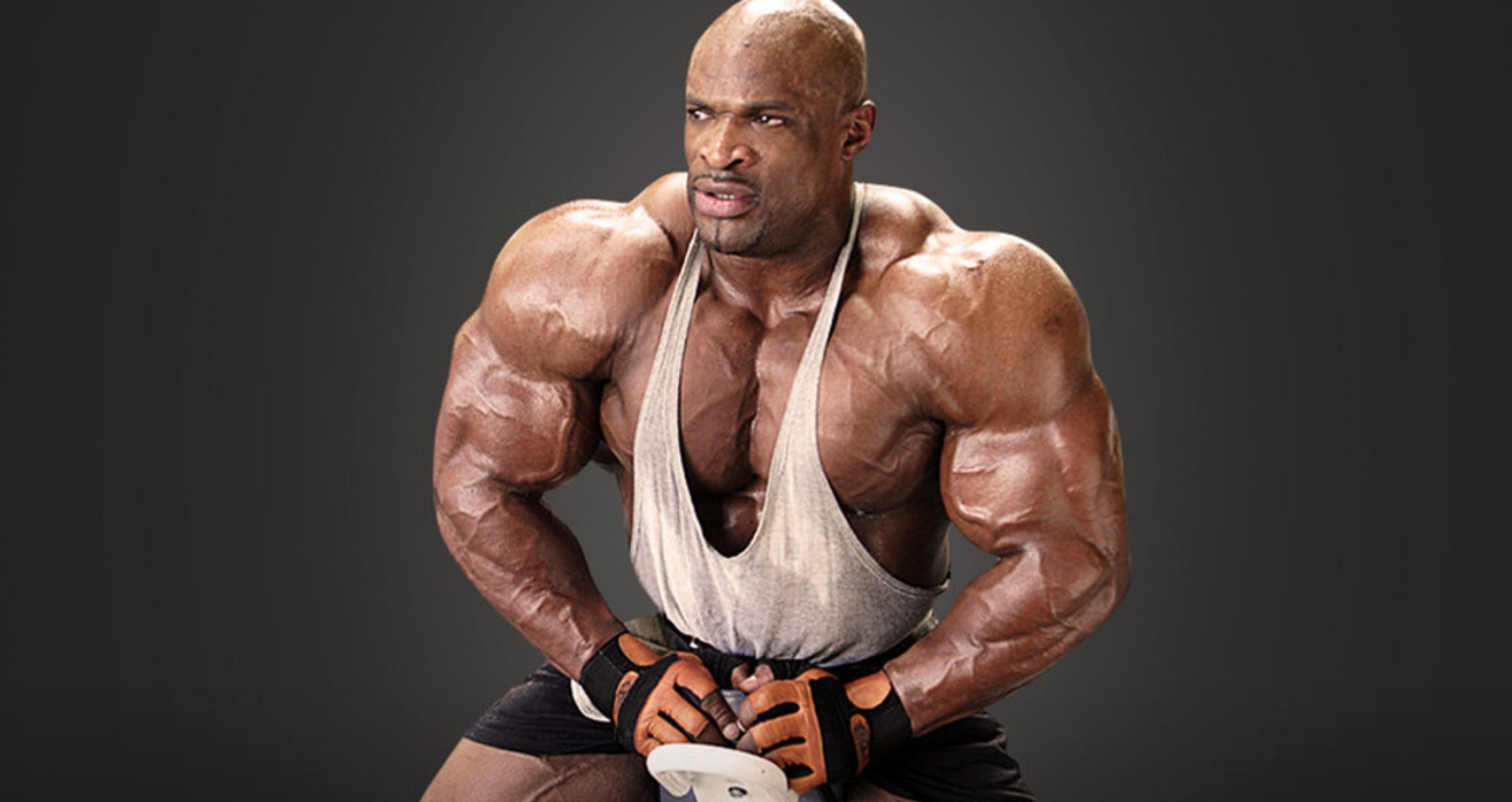Are these effective tools to build muscle? Or just good to get the blood flowing?
Resistance bands have gained significant popularity as a versatile and portable alternative to traditional weightlifting equipment; you aren’t going to be lugging around barbells and squat racks everywhere you go. While resistance bands are popular options for portable pieces of workout equipment, can they truly help you build muscle mass? The short answer is yes—resistance bands can be an effective tool for building muscle when used correctly, but the answer is not so cut and dry.
Our team at Generation Iron is going to look at how they stack up against traditional weights and the science behind their muscle-building potential.
Understanding Muscle Growth
Muscle growth, or hypertrophy, occurs when muscle fibers experience stress and damage, prompting the body to repair and strengthen them. This process is influenced by three primary factors:
- Mechanical Tension: The force exerted on a muscle during contraction.
- Metabolic Stress: The accumulation of metabolites like lactate during high-rep or high-intensity exercises.
- Muscle Damage: Microscopic tears in muscle fibers caused by resistance training.
Resistance bands can effectively address all three factors, making them a viable option for muscle growth. They offer a unique form of resistance that challenges the muscles differently compared to traditional weights, engaging stabilizer muscles and promoting balanced strength development.
Benefits of Resistance Bands for Building Muscle
- Variable Resistance: Unlike free weights, resistance bands provide variable tension throughout the range of motion. The resistance increases as the band stretches, ensuring constant muscle engagement. This unique feature creates a progressive challenge, particularly at the peak of the movement, where muscles are often under-utilized with free weights.
- Joint-Friendly Workouts: Resistance bands reduce the risk of joint strain, making them ideal for individuals recovering from injuries or looking to avoid excessive wear and tear. Their elastic nature absorbs shock, ensuring smooth transitions and reducing the likelihood of overloading delicate structures.
- Versatility: Bands can target virtually any muscle group and are adjustable to different levels of resistance, accommodating beginners to advanced lifters. Exercises like squats, rows, and presses can be modified for difficulty, making them adaptable to any fitness level.
- Portability: Lightweight and compact, resistance bands are perfect for home workouts or travel. They eliminate the need for bulky equipment, making fitness accessible anywhere.
- Cost-Effective: Resistance bands are relatively inexpensive compared to traditional gym equipment, making them a budget-friendly option for those starting their fitness journey.
How to Use Resistance Bands for Maximum Muscle Growth
To build muscle effectively, it’s essential to focus on progressive overload—gradually increasing the intensity of your workouts. Here’s how to do it with resistance bands:
- Choose the Right Band: Use a band that challenges your muscles while allowing proper form. Over time, progress to bands with higher resistance. Mixing bands of different strengths during compound movements can also add variety and intensity.
- Slow and Controlled Movements: Perform exercises with a controlled tempo to maximize tension on the muscle. Avoid using momentum, which can reduce the effectiveness of the exercise.
- Increase Volume and Intensity: Increase the number of sets, reps, or resistance level to ensure progressive overload. Additionally, incorporating pauses at the peak of the movement can intensify the workout.
- Compound Movements: Focus on multi-joint exercises like banded squats, deadlifts, and presses to work multiple muscle groups simultaneously. These exercises maximize efficiency and calorie burn while stimulating growth in larger muscle groups.
- Mind-Muscle Connection: Concentrate on the muscle being worked to ensure proper activation and engagement. This focus can enhance muscle recruitment and overall effectiveness.
- Add Variations: Experiment with different grip positions, angles, and stances to target muscles from various directions. This variety prevents plateaus and encourages comprehensive muscle development.
Sample Resistance Band Workout for Muscle Growth
Upper Body:
- Banded Push-Ups: 3 sets of 12-15 reps
- Resistance Band Rows: 3 sets of 10-12 reps
- Overhead Press: 3 sets of 10-12 reps
- Bicep Curls: 3 sets of 12-15 reps
- Tricep Extensions: 3 sets of 12-15 reps
Lower Body:
- Banded Squats: 3 sets of 12-15 reps
- Romanian Deadlifts: 3 sets of 10-12 reps
- Side-Lying Hip Abductions: 3 sets of 12-15 reps per side
Core:
- Pallof Press: 3 sets of 12-15 reps per side
- Band-Resisted Plank: Hold for 30-60 seconds, 3 sets
This workout targets major muscle groups and can be adjusted to match your fitness level. Incorporating rest days and alternating between resistance band and free-weight exercises can further enhance results.
The Science Behind Resistance Bands
Studies support the effectiveness of resistance bands for muscle building. Research published in the Journal of Strength and Conditioning Research found that resistance band training elicited similar levels of muscle activation compared to free weights. Additionally, the progressive nature of band resistance ensures muscles are challenged throughout the entire range of motion, unlike free weights, which may lose tension at certain angles.
Another study highlighted that resistance bands can stimulate both fast-twitch and slow-twitch muscle fibers, making them effective for building muscle mass and endurance. Their adaptability allows for training in various planes of motion, encouraging functional strength and stability.
Comparing Resistance Bands to Free Weights
While resistance bands are effective, they do have limitations compared to free weights:
- Maximum Load: Free weights allow for higher absolute loads, which can be beneficial for advanced lifters aiming for maximal strength. Bands may not provide the same level of resistance for maximal lifts like squats or deadlifts.
- Gravity Dependency: Bands rely on elasticity rather than gravity, which can alter the feel of some movements. For example, the constant tension in bands eliminates the “resting” phase present in free-weight exercises.
- Limited Progressive Resistance: It may be challenging to continually increase resistance as bands have finite tension levels. However, combining multiple bands or pairing them with free weights can mitigate this limitation.
Despite these differences, resistance bands excel in versatility and convenience, making them an excellent complement to traditional weightlifting or a stand-alone training method for specific goals.
Practical Tips for Success
- Track Your Progress: Keep a log of your exercises, resistance levels, and reps to ensure progressive overload.
- Maintain Proper Form: Avoid compensating with other muscle groups or using momentum to complete movements.
- Combine Modalities: Use resistance bands alongside free weights or machines for a comprehensive approach.
- Focus on Recovery: Adequate rest, nutrition, and hydration are crucial for muscle repair and growth.
Who Should Use Resistance Bands?
Resistance bands are suitable for:
- Beginners: Offering a gentle introduction to resistance training without the intimidation of heavy weights.
- Rehabilitation Patients: Ideal for low-impact strengthening and recovery exercises.
- Travelers: Providing a portable option for maintaining fitness routines on the go.
- Experienced Lifters: Adding variety to training programs and targeting muscles in unique ways.
The Best Resistance Bands to Build Muscle Mass
We wouldn’t leave you guessing what resistance bands to buy, we have hand picked our favorite resistance bands to build muscle.
Resistance Bands - For Pull Up Assistance, Powerlifting, Warm Up & Stretching, Made for Men & Women
Living.Fit Bands are our favorite resistance bands to build muscle, as they offer next level resistance training to improve your overall strength and mobility goals. These bands range from 10 lbs. to 200 lbs. and are made of all natural latex.
They are portable and functional, you can take these anywhere be it at home or in the gym. Offering a high quality band, Living.Fit has done a great job with this product so you can maintain tension and have a full range of motion throughout your entire workout, which are both key factors for a good workout.
Wrap Up
Resistance bands are a practical and effective tool for building muscle mass, especially for beginners, those recovering from injuries, or anyone seeking a convenient workout option. By incorporating progressive overload, focusing on proper technique, and challenging your muscles consistently, you can achieve substantial muscle growth with resistance bands. For optimal results, consider integrating them into a balanced training program that includes a variety of resistance modalities.
Whether you’re training at home, in the gym, or on the road, resistance bands offer an accessible and impactful way to achieve your muscle-building goals. With dedication, consistency, and the right techniques, these simple yet powerful tools can help you transform your physique and enhance your overall strength.
Let us know what you think in the comments below. Also, be sure to follow Generation Iron on Facebook, Twitter, and Instagram.
